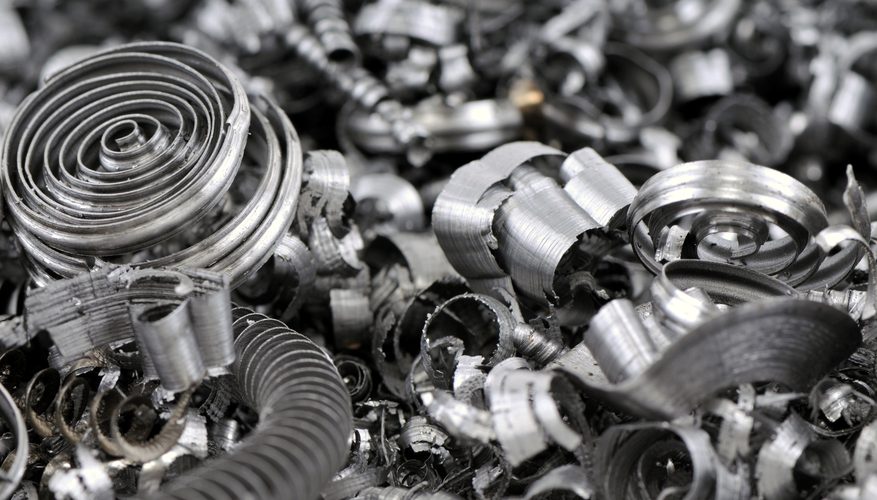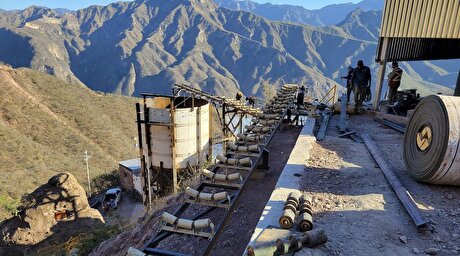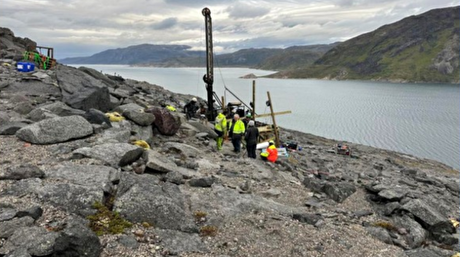
China, ADC12 hit 2019 US Al scrap export prices

The 2019 average price for US aluminum scrap exports— most of which is nonferrous shred zorba— dropped to 55¢/lb from an average of 66¢/lb a year earlier, according to Commerce Department data.
China was the end destination for 17pc of US aluminum scrap exports last year, compared to 29pc in 2018, but it still remained the largest buyer. Malaysia's share of US exports increased to 16pc from 10pc, rising to the second largest buyer from the fourth largest customer.
South Korea was the third largest buyer in 2019, down from second place the prior year. India took in 15pc of US aluminum scrap exports last year, falling to fourth place.
Total US aluminum scrap export volumes rose by 6pc in 2019 from the prior year, increasing to 1.81mn metric tonnes from 1.7mn t, but the gains in volumes from Malaysia, South Korea and India were offset by each country's consumers paying lower average prices than a year ago.
Less US scrap being exported to China means fewer sellers paying China Certification and Inspection Group (CCIC) import inspections costs, which can add several cents per pound to the sales price. Chinese-owned secondary smelters have been processing more of their scrap outside the country, in places not subject to CCIC inspection, such as Malaysia and Indonesia in order to work around quotas.
Lower Japanese ADC12 prices also played into lower scrap raw material prices last year, as the country is the main consumer of alloy produced by China, India and other secondary smelters in Asia. The Argus cif Japan price for ADC12 averaged $1,509/t last year, down from an average of $1,970/t a year earlier.
Japanese demand for ADC12 dictates what most of Asia's zorba demand will be, as the country is the region's biggest aluminum alloy importer.
By John Betz


KoBold Metals granted lithium exploration rights in Congo

Freeport Indonesia to wrap up Gresik plant repairs by early September

Kyrgyzstan kicks off underground gold mining at Kumtor

Luca Mining expands Tahuehueto mine with Fresnillo land deal

Equinox Gold kicks off ore processing at Valentine mine

India considers easing restrictions on gold in pension funds

Critical Metals, Ucore ink 10-year offtake deal to supply rare earths to US plant

Critical Metals, Ucore ink 10-year offtake deal to supply rare earths to US plant

Equinox Gold kicks off ore processing at Valentine mine

India considers easing restrictions on gold in pension funds

Luca Mining expands Tahuehueto mine with Fresnillo land deal

Kyrgyzstan kicks off underground gold mining at Kumtor

Ukraine launches tender for major lithium deposit

KoBold Metals granted lithium exploration rights in Congo

















